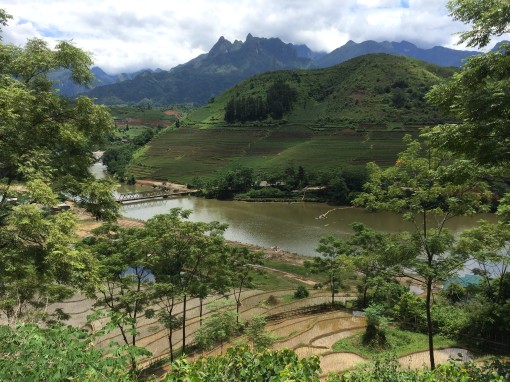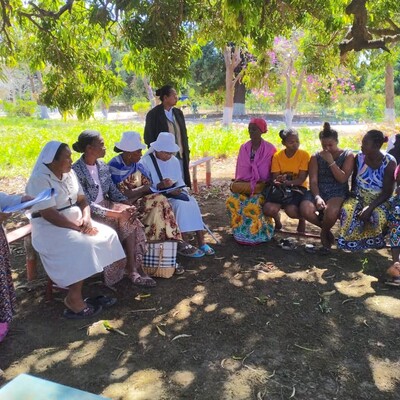
New study develops forecasting tools for better detection and control of dengue in Vietnam

Dengue fever is a mosquito-borne viral disease that commonly occurs in warm, tropical climates. It is characterized by high fever and flu-like symptoms that can last for up to one week. In a small proportion of cases, severe dengue may occur, leading to bleeding and low blood pressure. There is no specific treatment for infection but medication can be taken to control symptoms.
Climate change and rapid unplanned urbanization are among the factors that have brought people into more frequent contact with the vectors, thus contributing to further spread of disease.
According to the World Health Organization, the global incidence of dengue has risen dramatically in recent decades, with an estimated 390 million dengue infections annually.
Vietnam is one of at least 100 countries where the disease is now endemic. Dengue infection in Vietnam is unstable but peaks from June to October annually.
As part of efforts to curb the spread of dengue in Vietnam, research efforts are being undertaken to develop tools that will enable timely detection and control of the disease. One such research study recently examined seasonal trends of dengue in Vietnam and used the data to develop a statistical model to forecast the incidence of the disease.
The study, published in PLOS ONE (27 Nov 2019), was carried out by a team of researchers from the International Livestock Research Institute and Vietnamese partners from Hanoi University of Public Health, the Institute of Meteorology, Hydrology and Climate Change, the Ministry of Health and the National Institute of Hygiene and Epidemiology.
To develop the statistical risk forecasting model, the researchers used dengue surveillance data that had been collected by health centres in Vietnam’s 63 provinces between 2001 and 2012. In addition, they obtained monthly meteorological data from the Institute of Meteorology and Hydrology and Climate Change. Land cover data were obtained from the Moderate Resolution Imaging Spectroradiometer website of the United States National Aeronautics and Space Administration.
The data were also used to develop risk maps of dengue incidence showing the distribution of the incidence of infection in the wet and dry seasons. The researchers are optimistic that with these new risk-based forecasting tools, policymakers and planners in Vietnam will be better able to predict dengue incidence in the country and thus respond in a timely manner to effectively control the disease.
Citation
Bett, B., Grace, D., Hu Suk Lee, Lindahl, J., Hung Nguyen-Viet, Phuc Pham-Duc, Nguyen Huu Quyen, Tran Anh Tu, Tran Dac Phu, Dang Quang Tan and Vu Sinh Nam. 2019. Spatiotemporal analysis of historical records (2001–2012) on dengue fever in Vietnam and development of a statistical model for forecasting risk. PLOS ONE 14(11): e0224353.





















